Europe’s national visual memories
Project manager: Prof. Dr. Bernhard Jussen
The project has created the conditions for investigating the formation, stabilization and transformation of collective political visual memories in modern Europe. There is currently virtually no discussion of this field, which is very important for understanding current political cultures. The project is based on the assumption that collective political visual memories in modernity (19th century to the present day) are largely formed within the framework of the nation-state and that the main instances of the canonization of collective visual knowledge are still national. This applies to the main institutions of mediation (schools, museums, universities, TV) as well as the main production and consumption cultures of the canonization of visual knowledge (picture agencies, book market, publishing industry and archives, advertising market, etc.).
The project was based on an observation that can hardly be overlooked: Although images/illustrations with historical themes are used intensively throughout the entire process of producing historical knowledge, this use of images – unlike the use of texts – is hardly ‘monitored’ in terms of epistemology and methodology. The illustration of textbooks for history lessons, of textbooks and handbooks for the university and of popular history books is hardly controlled by authors, but instead by economic, legal or infrastructural aspects (copyright, publishing archives, picture agencies, etc.).
In order to investigate this type of canonization and stabilization of knowledge, the project has created large collections, exhaustive for Germany (manuals, advertising images, in some cases also textbooks) and with a sufficient selection of examples for other countries. Their illustrated pages will be made accessible on the web as soon as they have been annotated.
A major problem in terms of academic policy has emerged in that research into the canonization of visual knowledge is usually reflexively associated with the keywords “places of memory” or “culture of memory”, i.e. with a field of research that is now struggling. History has not kept up with the international development of memory studies, which means that a scientific context for this research must first be provided. It has also been largely overlooked that the academic use of images (“What does a historian tell through his text, what through his illustrations?”) is part of the theory of historical knowledge and as such should be an integral part of historians’ thinking – but has not been for a long time.
The most important publications in the research project include
Bernhard Jussen (2011): “Roland”, in: Johannes Fried and Olaf Rader (eds.), The world of the Middle Ages. Memories of a millennium , Munich, 396-408
Bernhard Jussen (2009): “Liebig’s Sammelbilder. Weltwissen und Geschichtsvorstellung im Reklamesammelbild”, in: Gerhard Paul (ed.), Bilderatlas des 20. Jahrhunderts, Göttingen, 132-139
Jussen, Bernhard (2009) (ed.) Atlas of Historical Pictorial Knowledge 1: Liebig’s Collectible Pictures. Complete edition of all 1138 series , (3rd edition) Berlin: Digitale Bibliothek
Jussen, Bernhard (2009) (ed.), Atlas of Historical Image Knowledge 2: Collective Advertising Images. Pictures from the years 1870 to 1970 with historical themes , Berlin: Digital Library
The project’s events include the workshop “Masses of Images. Visual Culture in Popular Media”, event of the research project “National Image Memories of Europe”, FF2, Frankfurt am Main, Goethe University, February 18-19, 2010 and the conferences “Normative Orders in the Tension between Particularity and Universality”, event of the FF2, Frankfurt am Main, Goethe University, July 19-20, 2010 and “Fixed – Collection on Paper”, event of the research project “National Image Memories of Europe”, FF2, October 2011, Frankfurt am Main, Goethe University.

